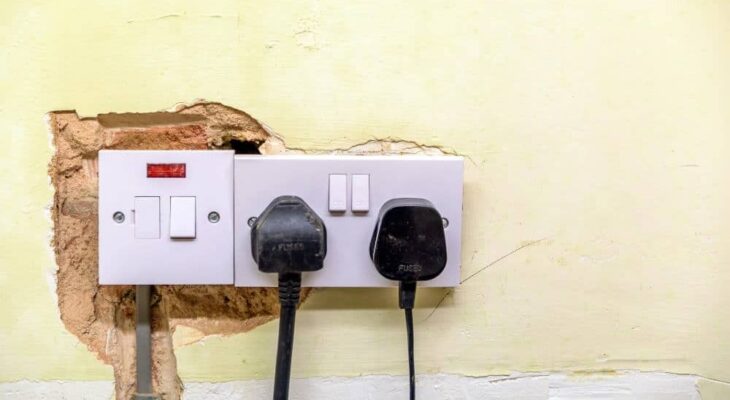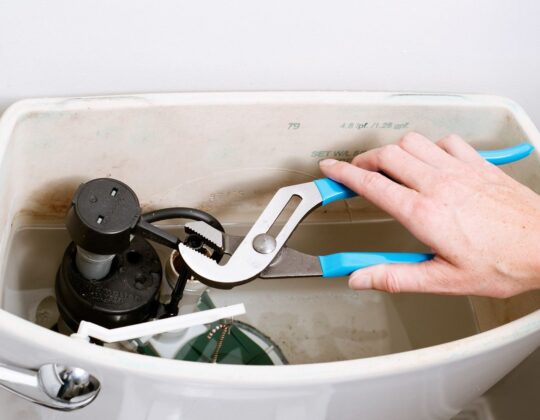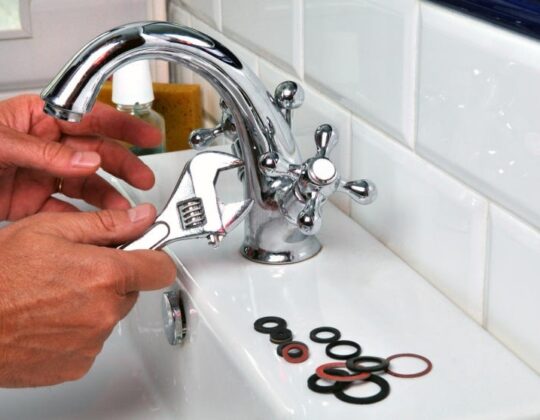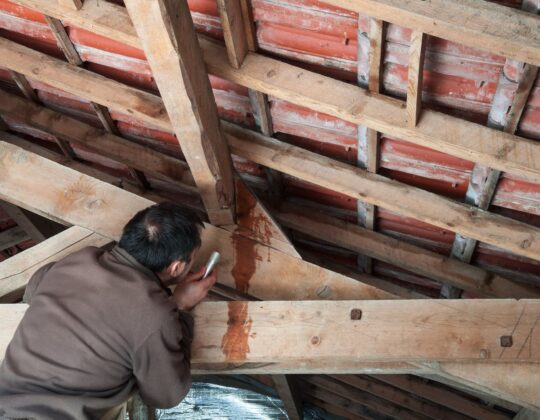Electrical outlets are fundamental components of every home, providing the power necessary for our daily activities. However, when an outlet becomes faulty, it not only disrupts our routine but can also pose safety risks. Recognizing the signs of a faulty electrical outlet and understanding how to resolve the issues is crucial for maintaining a safe and functional electrical system in your home. In this comprehensive guide, we will explore common signs of a faulty electrical outlet, identify potential causes, and provide step-by-step solutions to address these issues.
Signs of a Faulty Electrical Outlet:
- Sparks or Arcing:
- Visible sparks or arcing when plugging in or unplugging devices is a clear sign of a problem. This may indicate loose wiring or a damaged outlet.
- Burn Marks or Discoloration:
- Burn marks or discoloration around the outlet, on the faceplate, or the surrounding wall can be indicative of overheating and potential fire hazards.
- Flickering Lights:
- If lights connected to the same circuit as the outlet flicker when using the outlet, it suggests an issue with the electrical connection.
- Intermittent Power:
- If the power supply to devices plugged into the outlet is intermittent or cuts out unexpectedly, it indicates a faulty connection.
- Hot or Warm Outlet:
- An unusually hot or warm outlet is a sign of an electrical issue, possibly due to loose connections or overloaded circuits.
- Burning Smell:
- A persistent burning smell near the outlet is a serious warning sign of overheating. Immediately turn off power to the outlet and address the issue.
- Tripped Circuit Breaker:
- If the circuit breaker connected to the outlet frequently trips, it suggests an electrical overload or short circuit.
- Buzzing or Humming Sounds:
- Unusual buzzing or humming sounds coming from the outlet may indicate loose wiring or a faulty connection.
- Loose or Wobbly Outlets:
- Outlets that are loose, wobbly, or have visible gaps around the faceplate may have loose internal connections.
- Inoperative Outlets:
- If the outlet is completely non-functional and doesn’t supply power to any device, there may be a break in the wiring or a connection issue.
Identifying the Causes of Faulty Outlets:
Understanding the potential causes of faulty outlets is crucial for effective troubleshooting. Here are common reasons behind outlet issues:
- Loose Wiring:
- Over time, the wiring connections within an outlet can become loose, leading to poor electrical conductivity and potential hazards.
- Overloading:
- Overloading an outlet by connecting too many devices or appliances to a single circuit can cause overheating and lead to faults.
- Faulty Outlet:
- The outlet itself may be damaged or defective. This could be due to wear and tear, manufacturing defects, or physical damage.
- Poor Installation:
- Incorrect installation, such as loose terminal screws or inadequate wiring connections during initial setup, can result in faulty outlets.
- Aging Outlets:
- Outlets may degrade over time due to age and constant use. Older outlets may have worn-out internal components that compromise their functionality.
- Water Exposure:
- Water infiltration into outlets, often caused by leaks or spills, can lead to electrical shorts and pose significant safety risks.
- Rodent Damage:
- Rodents and pests can chew through wiring, damaging the internal components of outlets and creating unsafe conditions.
- Electrical Surges:
- Sudden electrical surges can damage outlets and connected devices, leading to malfunctions.
Step-by-Step Solutions to Faulty Outlets:
Once you’ve identified the signs and potential causes of a faulty electrical outlet, follow these step-by-step solutions to address the issues:
1. Turn Off Power:
- Before attempting any repairs, turn off power to the affected outlet at the circuit breaker. This ensures safety during the troubleshooting process.
2. Inspect for Loose Wiring:
- Carefully remove the outlet faceplate and inspect for loose wiring. Tighten any loose terminal screws and ensure secure connections.
3. Check for Overloading:
- If the outlet has been overloaded, unplug some devices and redistribute the load among different outlets or circuits.
4. Tighten Terminal Screws:
- Tighten all terminal screws on the outlet to ensure a secure connection with the wiring.
5. Replace Damaged Outlets:
- If the outlet shows signs of physical damage, burn marks, or discoloration, replace it with a new outlet. Ensure compatibility and follow proper installation procedures.
6. Upgrade to Tamper-Resistant Outlets:
- Consider upgrading to tamper-resistant outlets, especially in homes with young children, to enhance safety and prevent foreign objects from being inserted.
7. Install GFCI Outlets:
- In areas prone to moisture, such as kitchens and bathrooms, install Ground Fault Circuit Interrupter (GFCI) outlets to provide enhanced protection against electrical shocks.
8. Address Water Exposure:
- If water exposure is suspected, identify and address the source of the water, and allow the outlet to dry completely before restoring power.
9. Rodent Proofing:
- Take measures to rodent-proof your home, sealing entry points and protecting wiring to prevent damage.
10. Install Surge Protectors: – Use surge protectors to safeguard outlets from electrical surges. These devices can help prevent damage to both outlets and connected electronics.
11. Consult a Professional: – If the issue persists or if you are uncertain about the repairs, consult a licensed electrician for a thorough inspection and professional assistance.
12. Upgrade Outdated Outlets: – Consider upgrading outdated outlets, especially if your home has older receptacles. Modern outlets often come with enhanced safety features.
13. Schedule Regular Inspections: – Implement a schedule for regular electrical inspections to identify and address potential issues before they escalate.
Conclusion: Addressing faulty electrical outlets is essential for maintaining a safe and functional home environment. By recognizing the signs of a faulty outlet, understanding potential causes, and following step-by-step solutions, you can troubleshoot and resolve issues effectively. Prioritize electrical safety, and if in doubt, seek the expertise of a qualified electrician to ensure the integrity of your home’s electrical system. Regular maintenance and prompt attention to electrical concerns contribute to a secure and reliable electrical infrastructure in your home.









